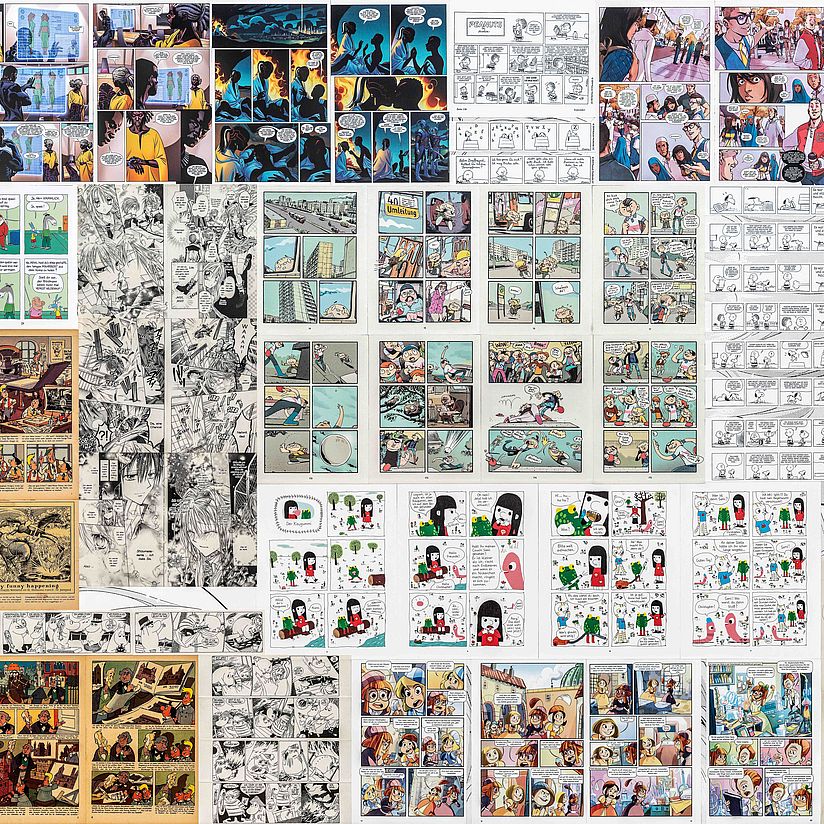
Photo: Deutsches Museum | Hubert Czech
Image Script Codes
In the sign of understanding
From cave paintings to letterpress printing to the emoji, people have been using images and writings to exchange information and store knowledge for thousands of years. Common codes ensure that this form of communication works. This means that there is agreement on the meaning of an image, such as a smileys, or a string of characters. “Image Script Codes” sheds light on how we use these signs and the media to convey them. The exhibition traces historical upheavals and explains fundamentals from traditional printing technology to writing in the digital era and from the beginnings of cryptology in ancient times to the cryptological methods of the post-quantum age.
Like a letterpress printer’s set, the exhibition is initially sorted into image, print, script and cryptology. The four areas overlap thematically in many ways. From the flood of images to picture printing to letterpress printing technology. Here, the Gutenberg Galaxy shines in the center, while the printing presses are located opposite. The typeface, which plays the main role in printing technology, is then examined more closely. The main focus here is on its function as a storehouse of knowledge and mediator of culture across temporal and spatial boundaries. And while the common standards, the public codes for understanding are broken down here, cryptology follows with secret communication using encryption and decryption techniques from antiquity to the computer age. Parallel to the areas, the topics can also be grasped by means of media and hands-on stations along the more than 35-meter-long set box wall on the left side of the room.
"To describe our exhibition 'Image Script Codes', 'The quick brown fox jumped over the lazy dog's back 1234567890' would fit well," says Carola Dahlke, Curator of Cryptology and Computer Science. And Sonja Neumann, curator of writing and printing technology, explains, "This sentence, which seems somewhat oblique in content, is a pangram - a sentence that contains all the letters of the alphabet and was used in writing and printing technology as well as in communications technology and cryptology."
Facts and figures:
Location: level 2
Exhibition area: 1060 sqm
Objects: approx. 300
Demos and interactives: 32
Dioramas: 1
Media stations: 25
Highlight: The machine hall
A model of the first Koenig & Bauer high-speed press heralds the age of printing presses. The Helbig & Müller high-speed presses from 1842 and the “Planeta”, built in 1911, are further developments of this technology, while the VOMAG newspaper rotary press from 1925, with its round printing formes, takes things up a notch in terms of speed. The Planeta makes an even greater impression during regular demonstrations. At the “kiosk” on the corner, you can find out even more about newspaper printing and the history of the sales stand.
Download the Press Release
PM_Image_Script_Codes.pdf (PDF 97 MB)
